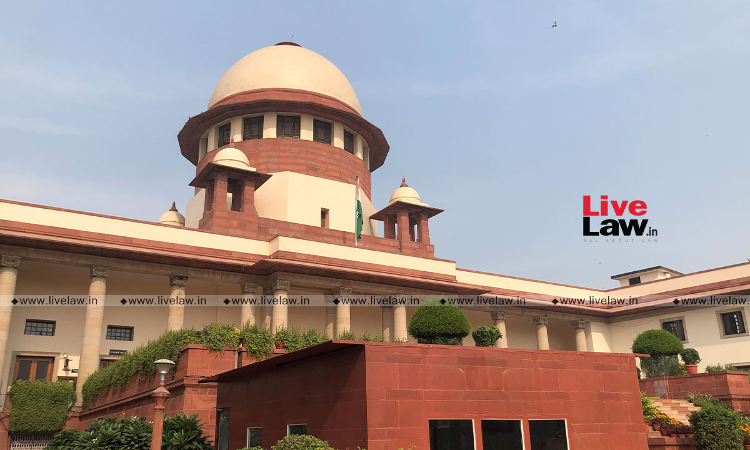Considerations To Decide Whether A Culpable Homicide Amounts To Murder Or Not : Supreme Court Explains
LIVELAW NEWS NETWORK
18 July 2022 10:30 PM IST

Next Story
18 July 2022 10:30 PM IST
In a recent judgment, the Supreme Court reiterated its views regarding considerations relevant for determining a culpable homicide amounting to murder and distinguishing it from the culpable homicide not amounting to murder.In this case, the High Court of Kerala had set aside the conviction of three appellants under sections 143, 147, 148 IPC read with section 149...
